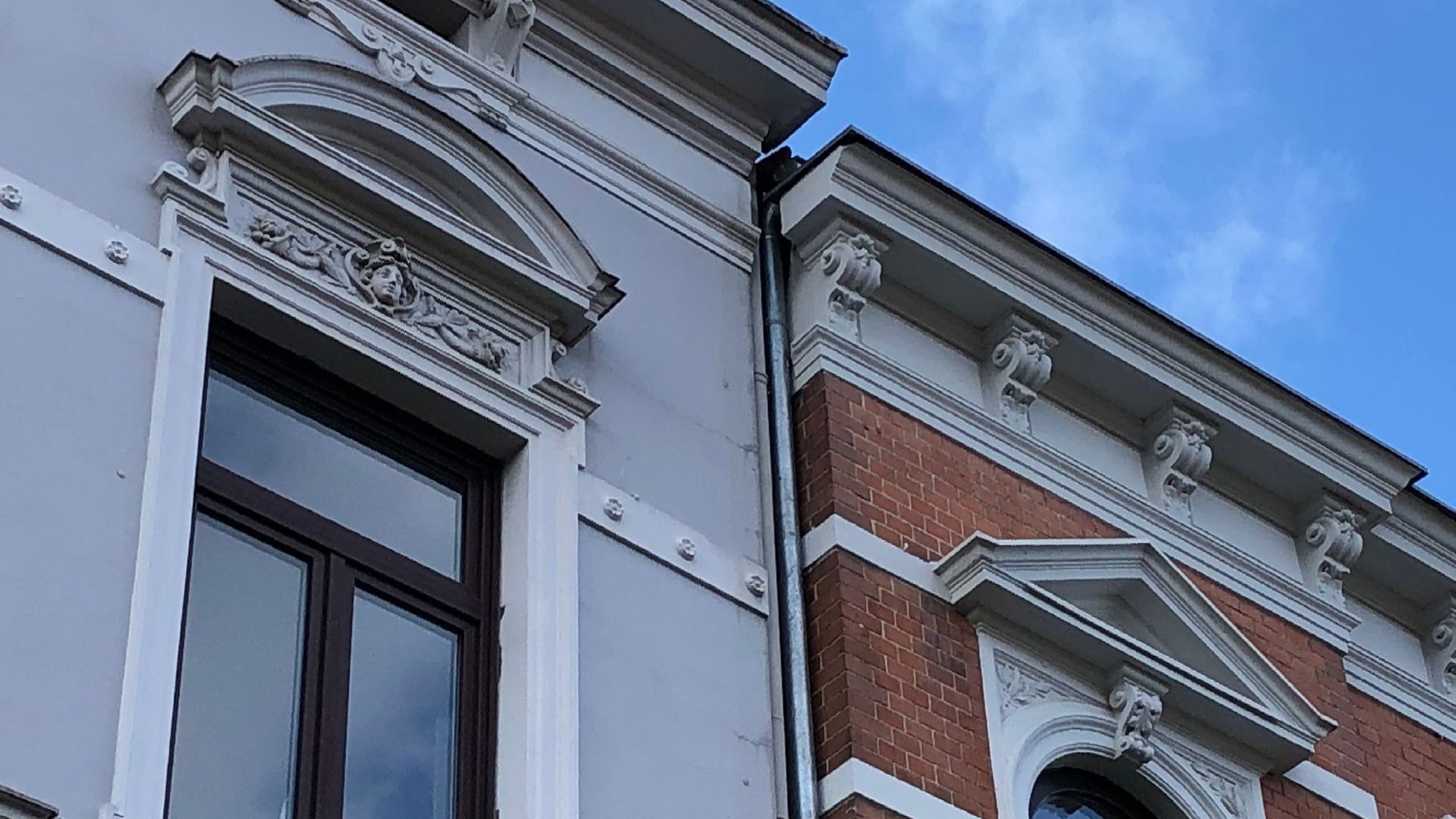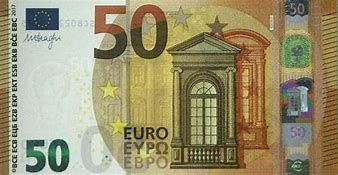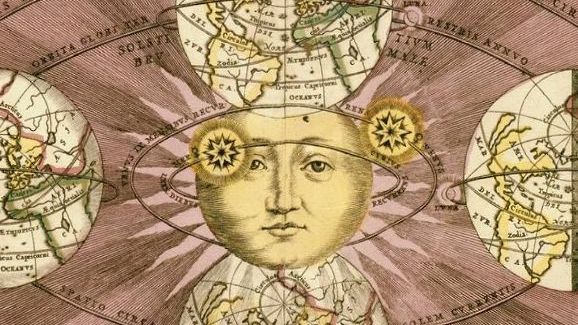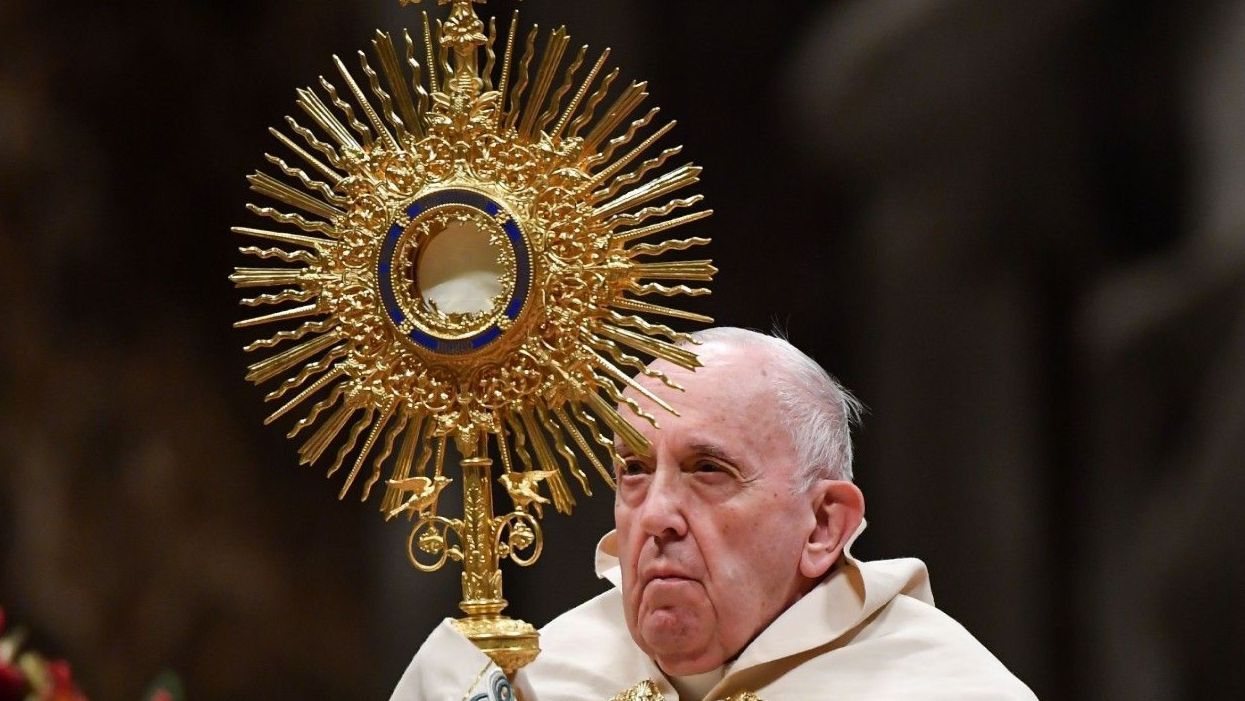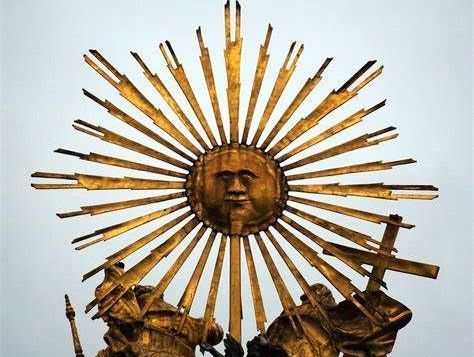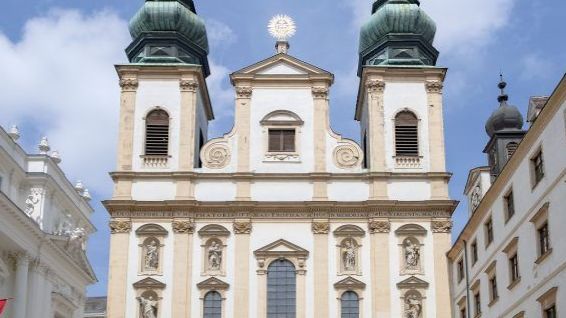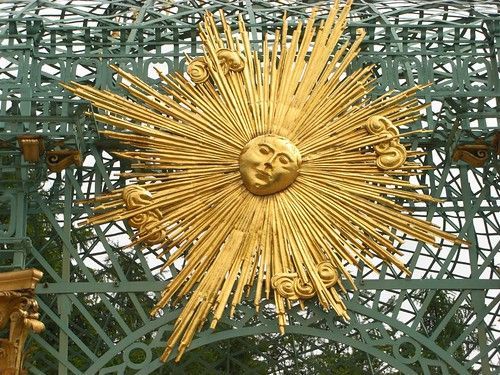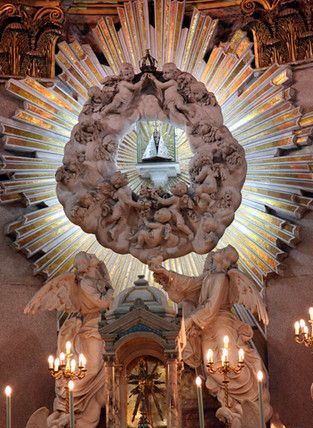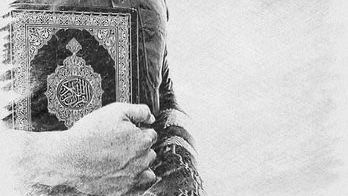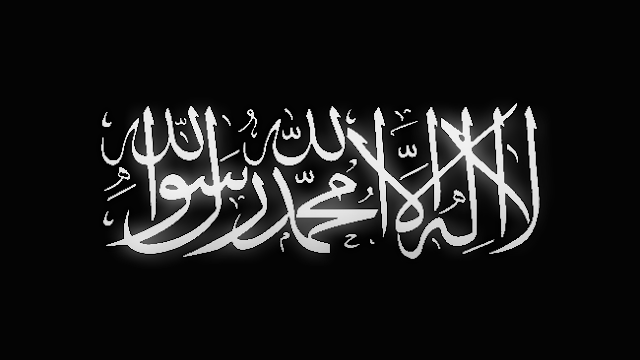The paradigm of the letter
The essence of our reality is often hidden in seemingly insignificant details. Thus, an obvious truth, though visible to all, can still remain concealed from view. Edgar Allan Poe illustrates this precisely in "The Purloined Letter," where a clearly visible letter on a desk remains invisible to those searching for it. This story demonstrates that the most apparent truths are often the ones most easily overlooked.



